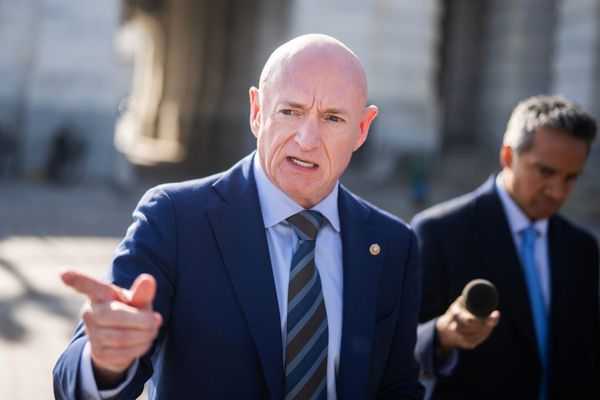When a Tesla Model Y owner named Dylan reached out for help in a Facebook group that I moderate, I saw it as a great opportunity to open up a discussion on home charging equipment safety.
I reached out to Dylan and asked him if he would allow me to make a video of me diagnosing the issue(s) and then correcting them. For his participation, I would make the necessary repairs to get him back to safely charging his car for free. Dylan agreed, and I set the wheels in motion with the goal of getting it done in less than 10 days.

I then called Qmerit, the company that sponsors my YouTube Channel, State Of Charge, and asked them to contact one of their network electrical contractors in the San Antonio, Texas, area and schedule them as soon as possible to repair Dylan's system.
Not only did they do so, but Qmerit offered to pick up the entire cost of the repair, which I was grateful for. We were able to set up the repair to take place on February 12th, nine days after Dylan posted the call for help on Facebook.
I flew to San Antonio on the morning of the 12th and met Matt Trout of Qmerit at the airport. Matt came out specifically to talk with me on camera about the need to hire an EV charging equipment specialist when you install your home charger and to make sure everything was done to Dylan's satisfaction. We drove to Dylan's house and began to inspect the electrical circuit supplying power to the Tesla Wall Connector.
We were joined by the local Qmerit electrical contractor, Charge Pro, who was called upon to do the work. Matt, Ben from Charge Pro, and I were surprised to find not one, but a series of problems that have caused three different failures at Dylan's house, which, remarkably, is only two years old.

We found three main issues. First, the Tesla Wall Connector's circuit breaker, which had already been replaced a few months prior because it failed, was showing signs of overheating, and the busbar where it was connected to the service panel was badly charred. Dylan explained that when the breaker failed previously, he called a local electrician who simply replaced the breaker without explaining to Dylan that the Busbar was damaged as was the circuit breaker on the opposite side of the Wall Connector breaker.
The next issue we found was the feed from the panel used #6 aluminum wire and it wrapped 80 feet around the house to a junction box behind the house. Evidently, the previous owner had that for another use, perhaps an outdoor hot tub, and when Dylan bought the house and needed to install the Wall Connector, the electrician he hired used that circuit to go another 60 feet to the garage on the other side of the house.
They did use copper wire, but the circuit now had 80 feet of aluminum wire connected to 60 feet of copper wire that led to a disconnect box in the garage next to the Wall Connector. Dylan advised us that the connection in the junction box failed a few months ago, and he had another electrician come out and simply repair the connection.

Both Ben and Matt agreed they needed to eliminate the 80-foot aluminum run in the Wall Connector's circuit, and the best way to do that was to install an entirely new feed directly to the garage, instead of running 140 feet of wire around the entire house. The solution was to go up from the service panel, through the attic, and back down to the charger, and that cut the length of the run by more than half.
We then wired the Wall Connector directly to the feed because a service disconnect is not required by code, since the circuit wasn't greater than 60 amps. Also, Dylan preferred not to have it there unless it was required because he had a stylish garage set up and didn't want the extra box on the wall.
After a long day, Dylan's Model Y was charging up in his garage and yes, I was able to get his problem solved in under ten days (barely, because this was day 9!) as I had hoped.

This is just one example of why electric vehicle charging equipment requires special treatment. Everything in Dylan's Wall Connector circuit was done by a licensed electrician, was permitted, inspected, and was to code.
The problem is that EV charging places a higher strain on electrical equipment than any other device in your home. That's why we also see a lot of low-quality NEMA 14-50 outlets failing when an EVSE is plugged into them. These outlets work fine with other uses, like electric ranges and clothes dryers.
But EV charging requires the maximum amount of current to draw for many continuous hours, many days a week and that duty cycle is more than some disconnect boxes, outlets and even circuit breakers can handle, and over time they melt and fail.
That's why it is vital that you use an electrician who has a lot of experience installing EV charging equipment. They will use better equipment, make sure the connections are torqued properly and they will never use aluminum wire, because it expands and contracts 30% more than copper wire and that leads to connection failures.
I'm considering making a series of these videos, in which I travel to EV owner's homes that are having problems with their charging equipment and fixing it. Let me know in the comment section if that's something you'd be interested in seeing.







